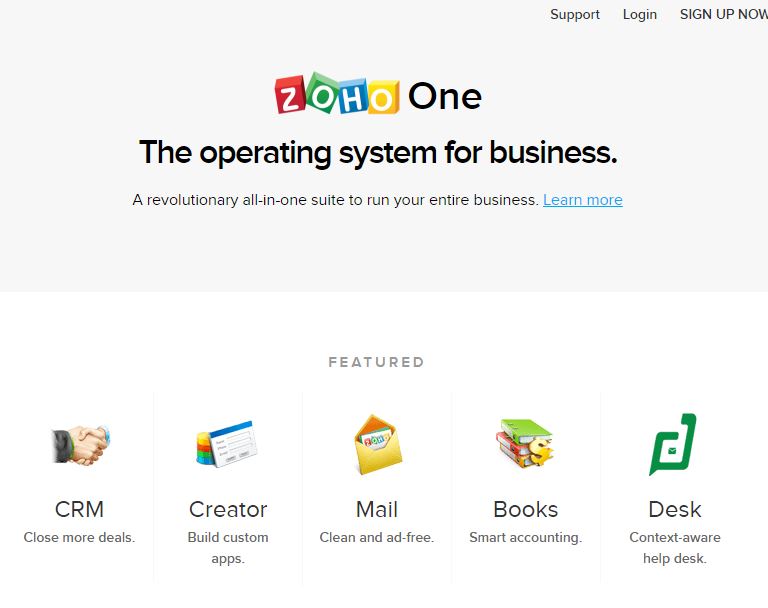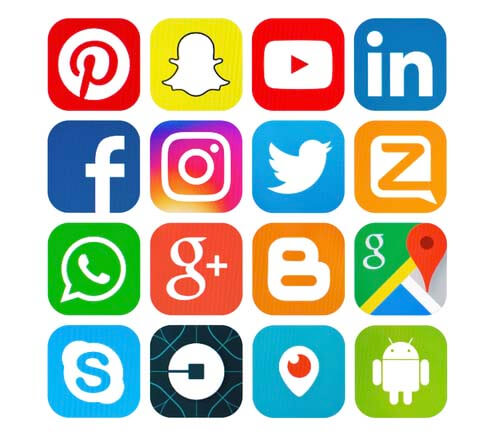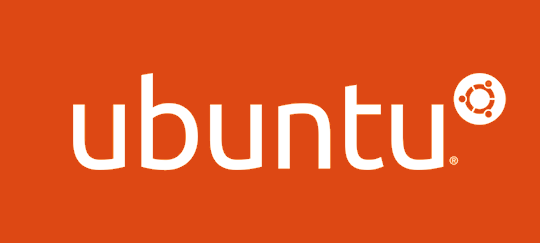vi EWEEK
By Steven J. Vaughan-Nichols
August 26, 2004
Opinion: With security holes to the left of us and program incompatibilities to the right, SP2 is giving corporate IT departments more reasons than ever to consider a move to Linux desktops.
Contrary to popular belief, I’m perfectly happy to run Windows as well as Linux desktops. It’s just that, well – the Linux desktops tend to run better and be more secure then their Windows cousins. And that’s true both for me and for enterprise desktop users.
Take, if you will, please take it, Windows XP SP2 (Service Pack 2). I’ve worked a lot with SP2, and I didn’t expect to see great security improvements from it. I know Windows too well to think that anything short of a complete redesign will actually make it approach Linux’s levels of security.
But I did expect to see some improvement. Boy, was I wrong. Yes, some things are better, but there are also a slew of new, exciting security concerns.
For example, it’s possible in some situations for a worm to spoof the WSC (Windows Security Center) into making it appear that your system is fine and dandy when it’s actually been turned into, say, a spam-producing zombie from heck.
Or, worse still, there’s the hole that enables would-be attackers to use Internet Explorer’s drag-and-drop feature to trick users into allowing various malware programs onto their PCs.
You know what really scares me, though? We’re seeing all of these security problems turning up, and SP2 hasn’t even been widely distributed yet. What will happen once every would-be cracker has a copy to tinker with?
I also expected to find a host of minor program incompatibilities. There, Microsoft hasn’t disappointed me. Microsoft’s own applications, VPNs, custom programs, and the list goes on and on.
Is it any wonder that businesses are holding off on “upgrading” to SP2? So it is that once more I have to ask you, why not Linux?
The Linux desktop is far more stable and secure than XP SP2 is today. Linux applications run without fussing, and never has a single, serious Linux virus been seen in the wild.
Don’t know Linux? Well, that’s where enterprise Linux distributors such as Novell/SuSE and Red Hat and full-service Linux integrators such as IBM Global Services come in. With them, you don’t need to have full-time Linux gurus on staff. They can supply the IT knowledge for you.
Yes, you can use Mandrake, Mepis or some other Linux instead of paying enterprise Linux prices. But with the non-enterprise Linux distributions, you’re not going to get the 24-7 support big business demands from any enterprise-level program. If you’re sure your in-house people can handle the demands of forging your own way, you’re welcome to do it. It’s just that I know for a fact that most companies don’t have the resources, or corporate will, to go it alone.
Unfortunately, the enterprise Linux players haven’t been doing a good job of pushing their desktop offerings. First, as I’ve said before, getting a box with Linux preinstalled on it is still a pain. You pretty much work with a systems integrator or VAR to bring in pallet loads of desktops.
Next, there’s a bit of confusion about enterprise-ready Linux desktops. Novell has a great Linux desktop, SuSE Linux Desktop 9.1. About half of my own Linux desktops are running it.
But Novell is working on a bigger, better Linux desktop, which isn’t even in beta yet. The last thing most CIOsor any chief financial officerswant to do is upgrade to a new operating system and then immediately upgrade again.
For a while, people were confused about whether Red Hat even had a desktop anymore. Well, it always did, and the Red Hat Desktop is a good one. For it to shine to its best advantage, though, you’ll also need to commit to RHEL (Red Hat Enterprise Linux) on your servers.
Thus, all in all, for enterprise buyers, I think that making a successful Linux desktop today isn’t as easy as it could be or should be. Still, with the right integrator or reseller partner, or perhaps even outsourcing your desktops with a Linux thin client approach, it is perfectly doable.
If that doesn’t sound very attractive to you, well, you did read what I wrote earlier about Microsoft’s latest and greatest desktop, didn’t you?
Do you really want to wait for Longhorn? Whenever the heck that shows up? If you want a new, solid and safe desktop for corporate use anytime soon, your best choice is a Linux desktop.







Security Code Plug-in installed successfully
Ping Back来自:www.donews.net